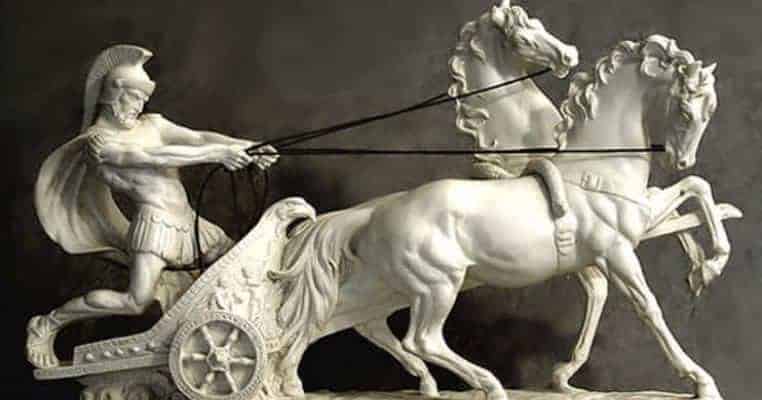As a hot topic of conversation, wage inequality has never wanted for attention. But with the gap seemingly at its widest (and more visible) ever between the haves and have-nots of humankind, more fuel is being added to the flames of this increasingly heated issue. Just as you can be sure that Godwin’s Law applies to comment threads, you can also bet your bottom dollar that when it comes to the issue of wage inequality, overpaid athletes are guaranteed to make an appearance.
From football players and Formula 1 racers to golf and tennis maestros, sportsmen and women are often hailed as overpaid examples of capitalist culture gone mad. In 2009 Tiger Woods became the first sport star to gross over $1 billion; in 2017 Cristiano Ronaldo extended a contract with Real Madrid that earns him at least $50 million annually in salary alone; and, as Forbes announced at the beginning of 2018, a successful string of endorsements and sponsorships saw Michael Jordan retain his title as the highest earning athlete with total earnings of $1.85 billion.

Surprisingly, however, all of these sport stars pale into comparison against a Roman chariot racer of the second century AD. Thanks to an inscription set up in the city of Rome in 146 AD, we know exactly how much Gaius Appuleius Diocles, a native Spaniard from the Province of Lusitania, earned during his 24 years as a charioteer—well in excess of 35 million sesterces (or 35,863,120 to be exact).
Just to put this into context, Professor Peter Struck at the University of Chicago has calculated that Diocles’s total earnings would have equated to roughly $15 billion in today’s money. And these were all net earnings: the charioteer didn’t have to shell out for sponsorship, line the pockets of promoters, or funnel any of his money into marketing fees. It goes without saying that Diocles wouldn’t have wanted for anything. But what, in real terms, could he have done with his vast personal fortune?

According to Professor Struck, by working out what it costs to pay the wages of the American military ($15 billion) for two months, we can presume that Diocles would also have been rich enough to bankroll the entire Roman Army for a two-month period. And this was when the Roman Empire was at its greatest territorial extent, running from Scotland in the North to Egypt in the South and Spain in the West to the Euphrates in the East. Or, if he had decided to direct his resources towards domestic welfare, Diocles could have borne the cost of the grain dole handed out to the entire city of Rome for an entire year.
It goes without saying that Diocles had to work hard for his money—much harder than the other moneyed class who enjoyed a high quality of life under the Roman Empire: the political elite. But even the landed aristocrats who made up the bulk of the Roman Senate were completely dwarfed by Diocles’s earning power. In fact, what Rome’s highest paid provincial governor could earn in a year, the charioteer could earn in two months. But as still people argue in defence of astronomically high-earning athletes, to justify the reward there had to be a great amount of risk.

